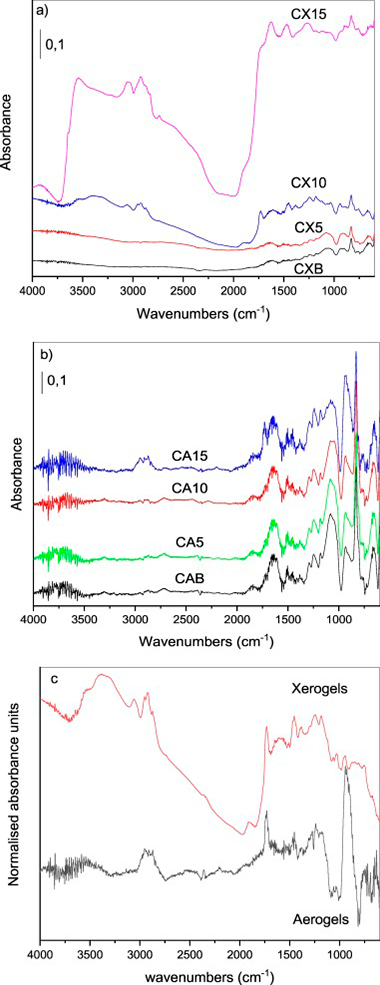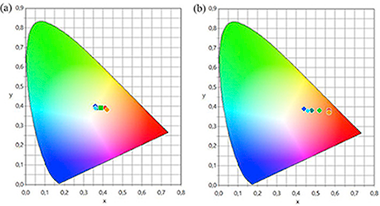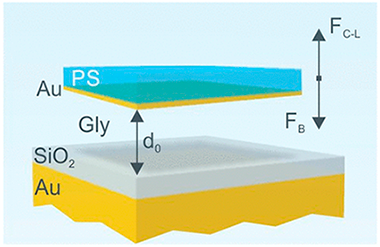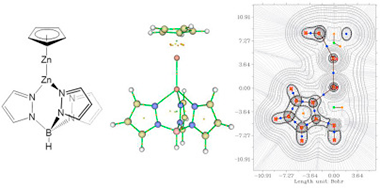Scientific Papers in SCI
2019
2019
Química de Superficies y Catálisis
Effect of starch as binder in carbon aerogel and carbon xerogel preparation
Rodriguez, N; Agamez-Pertuz, YY; Romero, E; Diaz-Velasquez, JD; Odriozola, JA; Centeno, MAJournal of Non-Crystalline Solids, 522 (2019) UNSP 119554
Show abstract ▽

Carbon aerogels and carbon xerogels were synthesized through resorcinol - formaldehyde polycondensation using Na2CO3 as catalyst. The effect of soluble starch introduction in the organic gel preparation on the porous surface properties of these materials was studied. The role of the drying process of the organic gels on the changes in the surface and structural properties of these materials after the addition of soluble starch is discussed. The presence of starch in the prepared carbon xerogels results in the development of microporosity while maintaining the characteristic mesoporosity of carbon xerogels. The Brunauer - Emmett -Teller (BET) surface area increases from 309 m(2)/g in carbon xerogel without soluble starch until 685 m(2)/g when 10% of soluble starch is added. The R- value and average crystallite lattice parameters, inter-layer spacing, crystallite height, crystallite diameter and the average number of aromatic layers per carbon crystallite are discussed in function of drying step and presence of soluble starch. The surface properties were also studied by Raman and DRIFT spectroscopies.
October, 2019 | DOI: 10.1016/j.jnoncrysol.2019.119554
Fotocatálisis Heterogénea: Aplicaciones
Comparison of the effects generated by the dry-soft grinding and the photodeposition of Au and Pt processes on the visible light absorption and photoactivity of TiO2
Galeano, L; Valencia, S; Marin, JM; Restrepo, G; Navio, JA; Hidalgo, MCMaterials Research Express, 6 (2019) 1050d9
Show abstract ▽
The influence of dry-soft grinding and photodeposition of gold (Au) or platinum (Pt) in the improvement of the photoactivity of TiO2 synthesized by an integrated sol-gel and solvothermal method was studied. TiO2 was modified by a dry-soft grinding process in a planetary ball mill (TiO2(G)). Subsequently, Au or Pt particles were photodeposited in both unmodified TiO2 and TiO2(G) obtaining Au-TiO2, Pt-TiO2, Au-TiO2(G), and Pt-TiO2(G) materials. The photoactivity of the materials was evaluated in the phenol photodegradation under simulated solar radiation. Pt-TiO2 showed the greatest degree of photoactivity improvement in comparison with TiO2 and TiO2-P25. The dry-soft grinding process led to a high photocatalytic activity of TiO2(G) that was similar to Pt-TiO2 activity as consequence of a slight increase in the crystallinity in TiO2(G) due to an additional anatase formation in comparison with TiO2. However, further photocatalytic improvement in TiO2(G) were not achieved with the addition of Au or Pt. Therefore, the dry-soft grinding treatment and noble metal deposition led to similar improvements in the photocatalytic activity of TiO2 for phenol oxidation.
October, 2019 | DOI: 10.1088/2053-1591/ab4316
Materiales Coloidales
From structure to luminescence investigation of oxyfluoride transparent glasses and glass-ceramics doped with Eu3+/Dy3+ ions
Walas, M; Lisowska, M; Lewandowski, T; Becerro, AI; Lapinski, M; Synak, A; Sadowski, W; Koscielska, BJournal of Alloys and Compounds, 896 (2019) 1410-1418
Show abstract ▽

Glasses and glass-ceramics with nominal composition 73 TeO2- 4BaO-3Bi(2)O(3)-18SrF(2)-2RE(2)O(3) (where RE = Eu, Dy) have been synthesized by conventional melt-quenching technique and subsequent heat treatment at 370 degrees C for 24 h in air atmosphere. Various Eu3+ to Dy3+ molar ratio have been applied to investigate luminescence properties in both glass and glass-ceramic matrices. Especially, white light emission through simultaneous excitation of Eu3+ and Dy3+ has been studied in detail. Influence of crystalline SrF2 phase on luminescence kinetics has been determined by luminescence decay time measurements. Presence of crystalline SrF2 phase has been confirmed by X-ray diffraction technique XRD and transmission electron microscopy TEM. X-ray photoelectron spectroscopy XPS and Fourier-transform infrared spectroscopy FTIR have been applied to get further insight into structural properties of glass and glass-ceramic materials. Color tunable white light emission has been obtained using UV excitation. Influence of the SrF2 crystallization on luminescence properties of prepared materials have been described in detail. Moreover, luminescence properties and especially emission color dependence on the Eu3+ to Dy3+ molar ratio have been exhaustively studied. Color-tunable white light emission has been observed as a result of simultaneous radiative transition of both, Eu3+ and Dy3+ ions when applying UV excitation. Judd - Ofelt and other optical parameters have been calculated based on luminescence emission spectra. Achieved results confirm that tellurite glass-ceramics containing SrF2 nanocrystals are good hosts for RE3+ ions and they can be considered as new phosphors for white light emitting diodes WLEDs.
October, 2019 | DOI: 10.1016/j.jallcom.2019.07.017
Materiales Ópticos Multifuncionales
Casimir-Lifshitz Force Based Optical Resonators
Esteso, V; Carretero-Palacios, S; Miguez, HJournal of Physical Chemistry Letters, 10 (2019) 5856-5860
Show abstract ▽

We theoretically investigate the building of optical resonators based on the levitation properties of thin films subjected to strong repulsive Casimir-Lifshitz forces when immersed in an adequate medium and confronted with a planar substrate. We propose a design in which cavities supporting high Q-factor optical modes at visible frequencies can be achieved by means of combining commonly found materials, such as silicon oxide, polystyrene or gold, with glycerol as a mediating medium. We use the balance between flotation and repulsive Casimir-Lifshitz forces in the system to accurately tune the optical cavity thickness and hence its modes. The effects of other forces, such as electrostatic, that may come into play are also considered. Our results constitute a proof of concept that may open the route to the design of photonic architectures in environments in which dispersion forces play a substantial role and could be of particular relevance for devising novel microfluidic optical resonators.
October, 2019 | DOI: 10.1021/acs.jpclett.9b02030
Reactividad de Sólidos
A QTAIM and DFT study of the dizinc bond in non-symmetric [CpZn2Ln] complexes
Ayala, R; Galindo, AJournal of Organometallic Chemistry, 898 (2019) UNSP 120878
Show abstract ▽

Several [Zn2L2] and [CpZn2Ln] dizinc compounds have been studied by density functional theory (DFT) and quantum theory of atoms in molecules (QTAIM) in order to compare the nature and topology of the Zn-Zn bond in symmetrical and non-symmetrical complexes. The stability of these complexes have been evaluated on the basis of the formation energies. The disproportionation reaction has also been analysed indicating that symmetric complexes are less stable than non-symmetric ones. To certain extent, the properties of the [CpZn2Ln] complexes are between those of the [Zn2L2] and [Zn2Cp2] compounds. The asymmetry of the [CpZn2Ln] compounds is illustrated in terms of the topological properties, especially in the Source Function (SF) and Natural Bond Orbital (NBO) analysis.
October, 2019 | DOI: 10.1016/j.jorganchem.2019.120878
- ‹ previous
- 115 of 410
- next ›














